The moon has fascinated humanity for centuries, serving as a guide for calendars, a muse for poets, and an enigma for astronomers. One of its most captivating features is its phases, the cyclical changes in its appearance that we observe from Earth. This guide will walk you through the basics of moon phases, exploring their science, significance, and beauty.
What Causes Moon Phases?
Moon phases occur due to the interplay between the moon, Earth, and the sun. As the it orbits Earth, sunlight illuminates different portions of its surface. The varying angles between these celestial bodies determine how much of the moon’s illuminated side is visible to us.
The Eight Primary Moon Phases
Let’s delve into the eight primary moon phases, each with its own unique characteristics:
1. New Moon
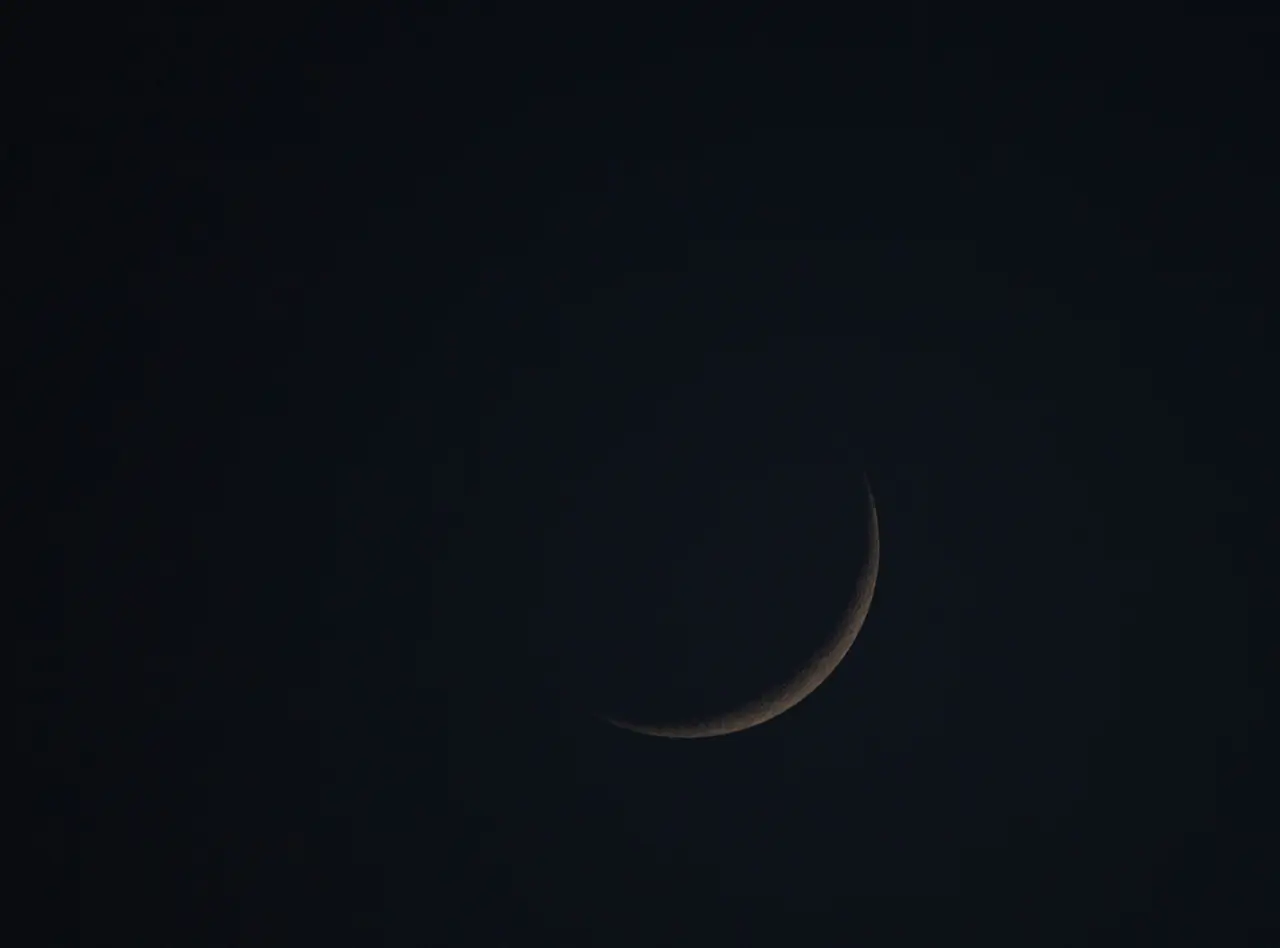
During the new moon phase, the moon lies between Earth and the sun. Its illuminated side faces away from us, making it invisible to the naked eye. This phase marks the start of a new lunar cycle.
2. Waxing Crescent
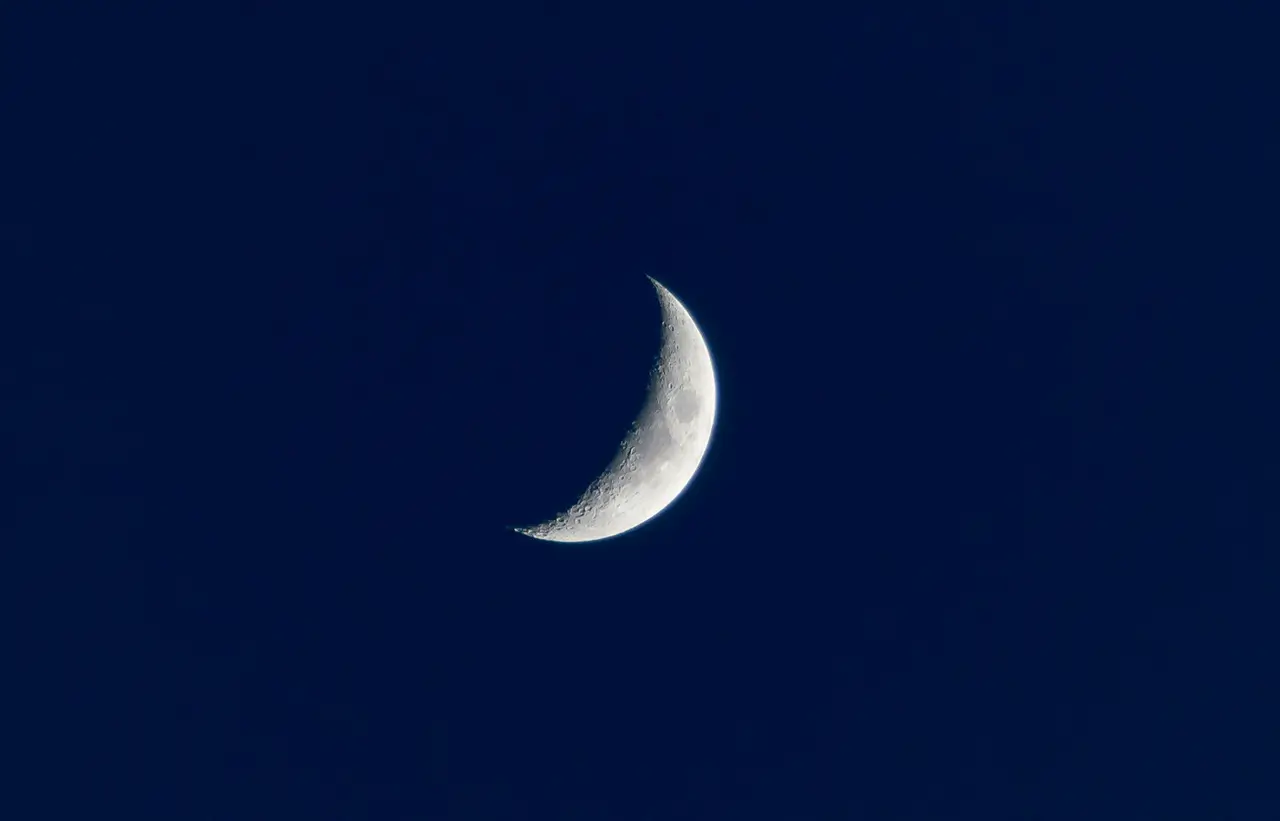
As the moon moves in its orbit, a sliver of light begins to appear on the right side. This phase, known as the waxing crescent, symbolises growth and new beginnings.
3. First Quarter
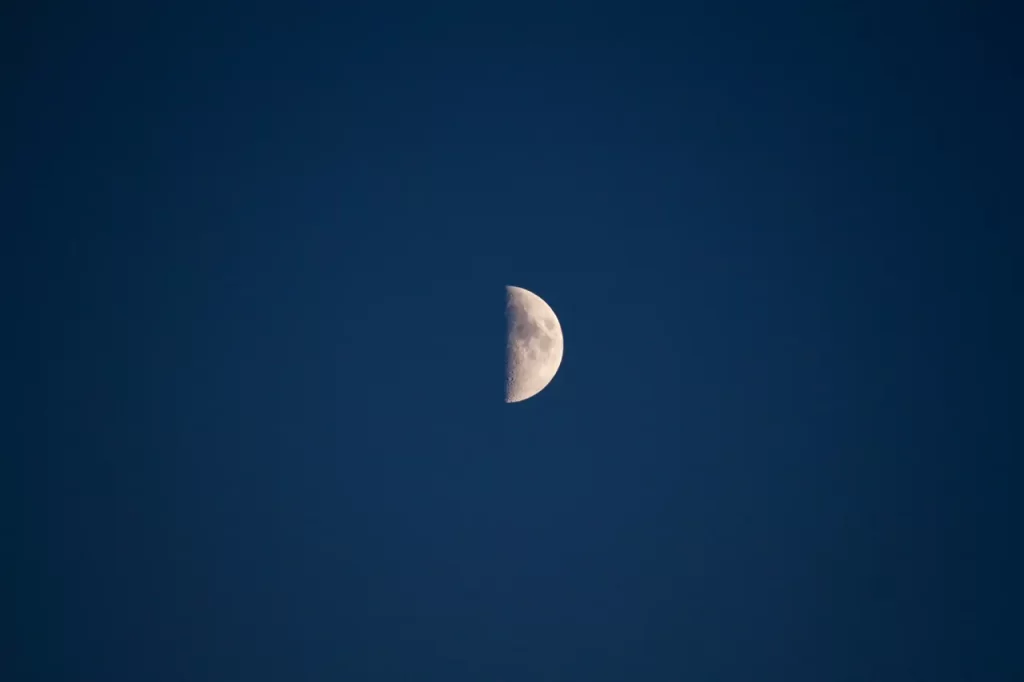
In this phase, half of the moon’s surface is illuminated, creating a clear split between light and dark. The term ‘first quarter’ might be confusing since it is a quarter of the way through its cycle.
4. Waxing Gibbous
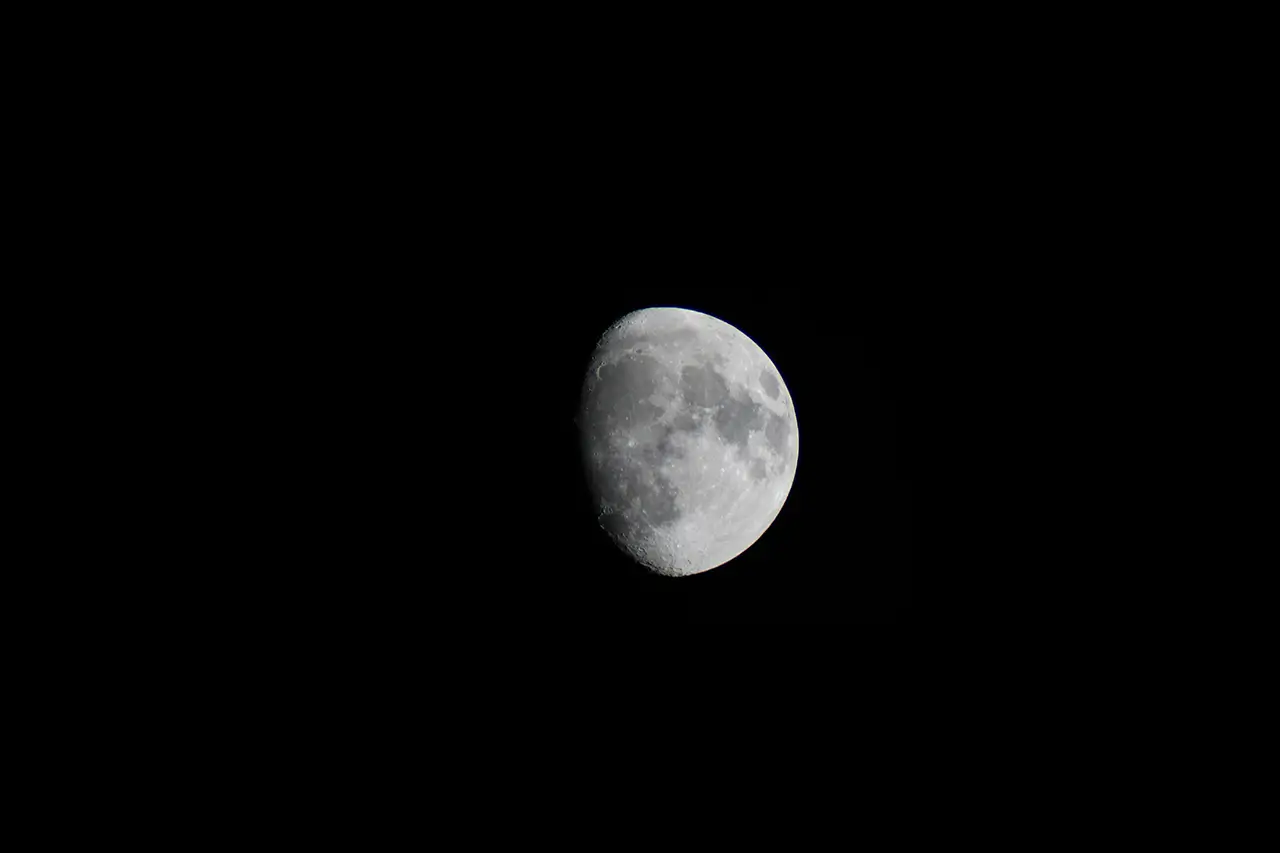
As the illuminated portion grows, the moon enters the waxing gibbous phase. Most of the its surface is now visible, and it’s approaching full illumination.
5. Full Moon
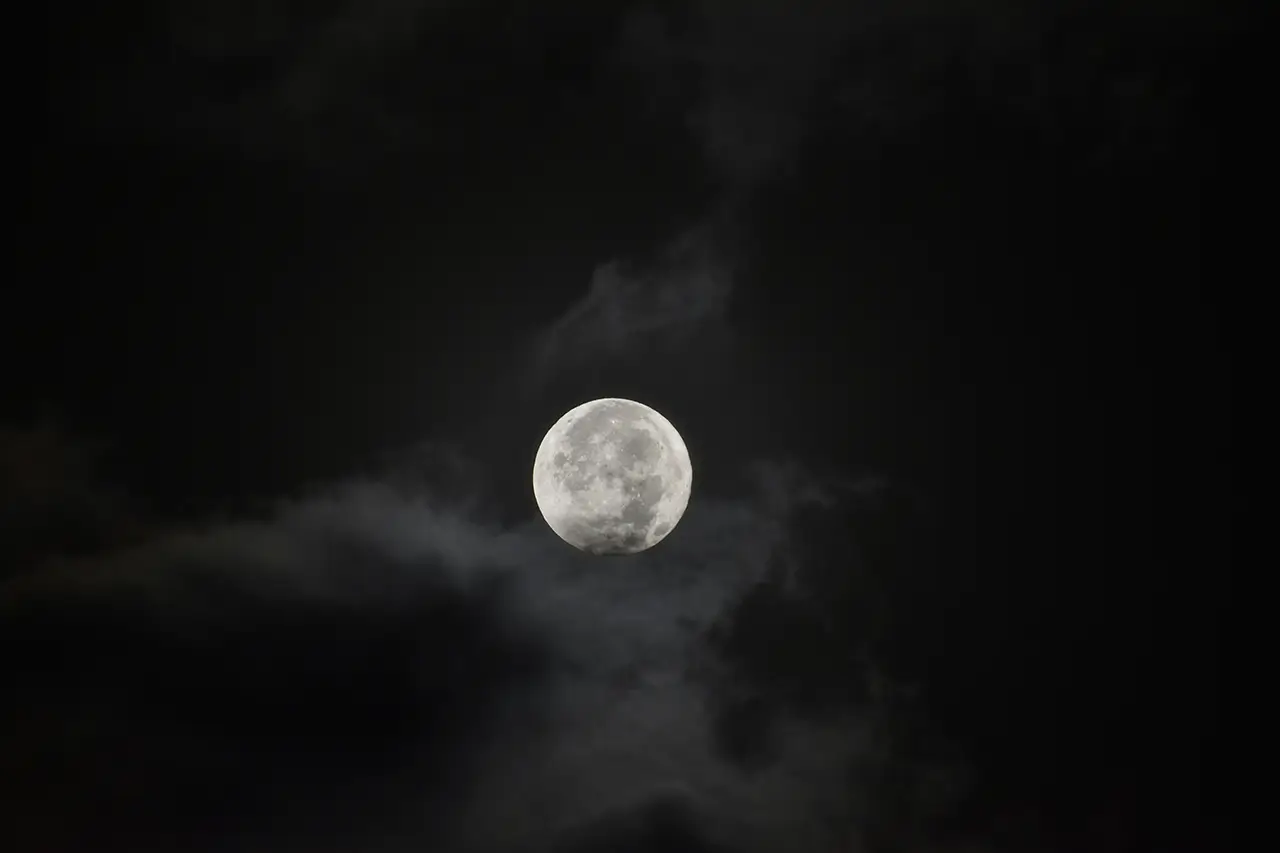
When the moon is fully illuminated, it’s at its most striking. The full moon phase occurs when Earth is positioned between the sun and the moon. Many cultures associate this phase with festivals, rituals, and folklore.
6. Waning Gibbous
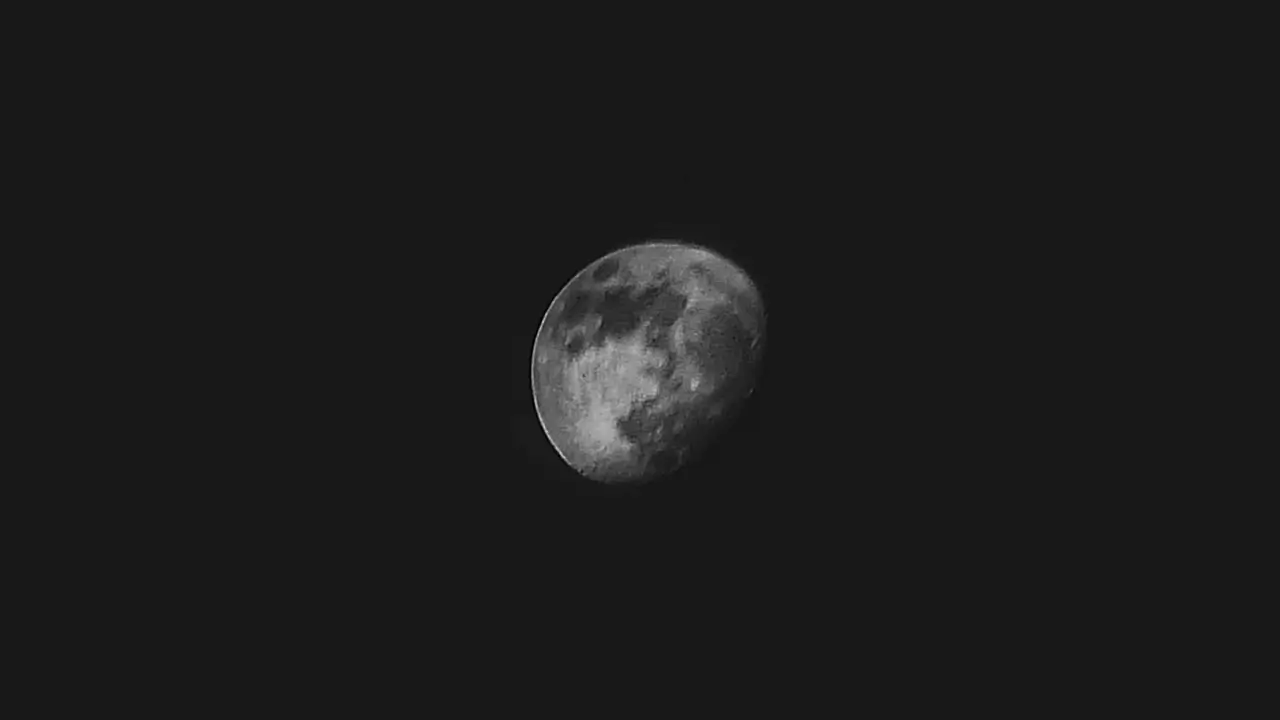
After the full moon, the illuminated portion begins to shrink. This phase is called the waning gibbous. The left side gradually fades into darkness.
7. Last Quarter
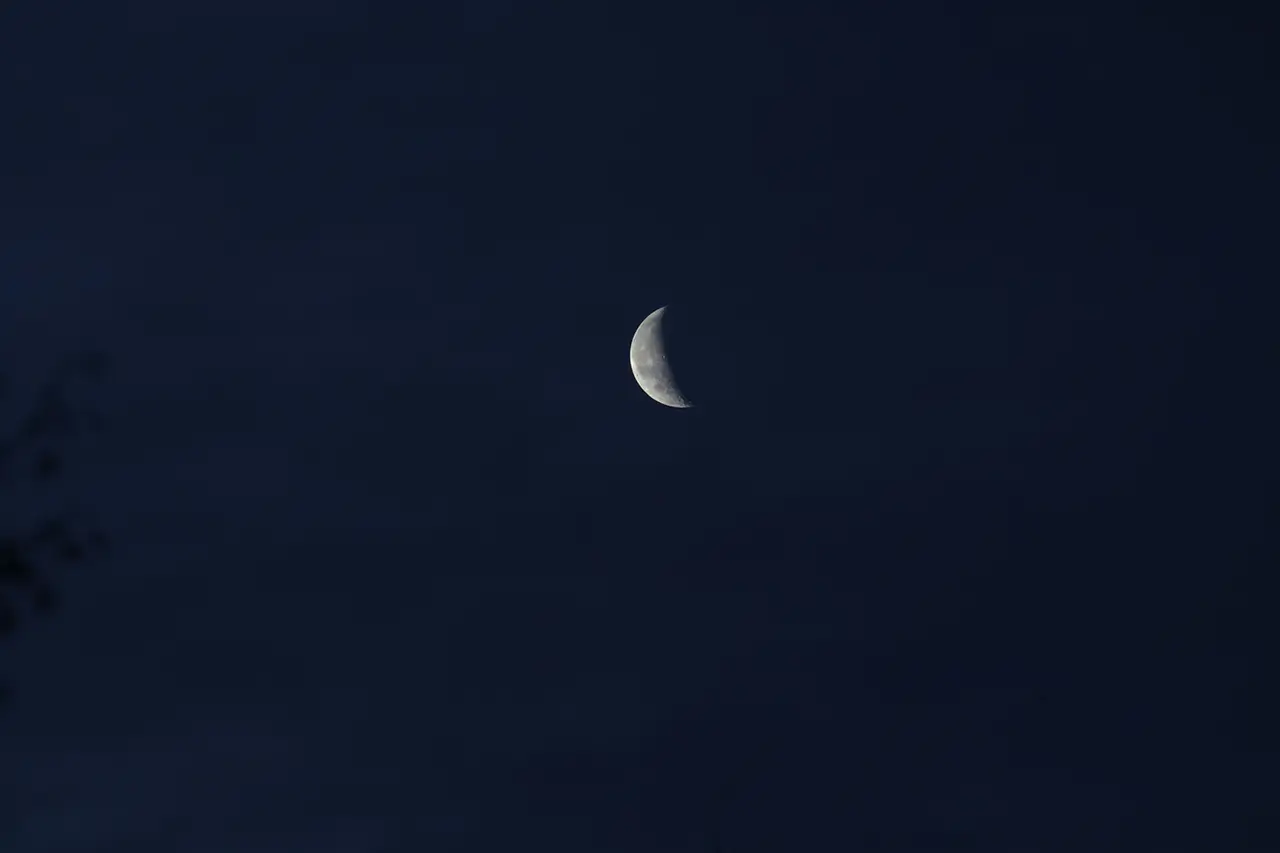
Similar to the first quarter, this phase shows half of the moon’s surface illuminated. However, it’s now the left side that is visible, as it continues its journey toward the new moon phase.
8. Waning Crescent
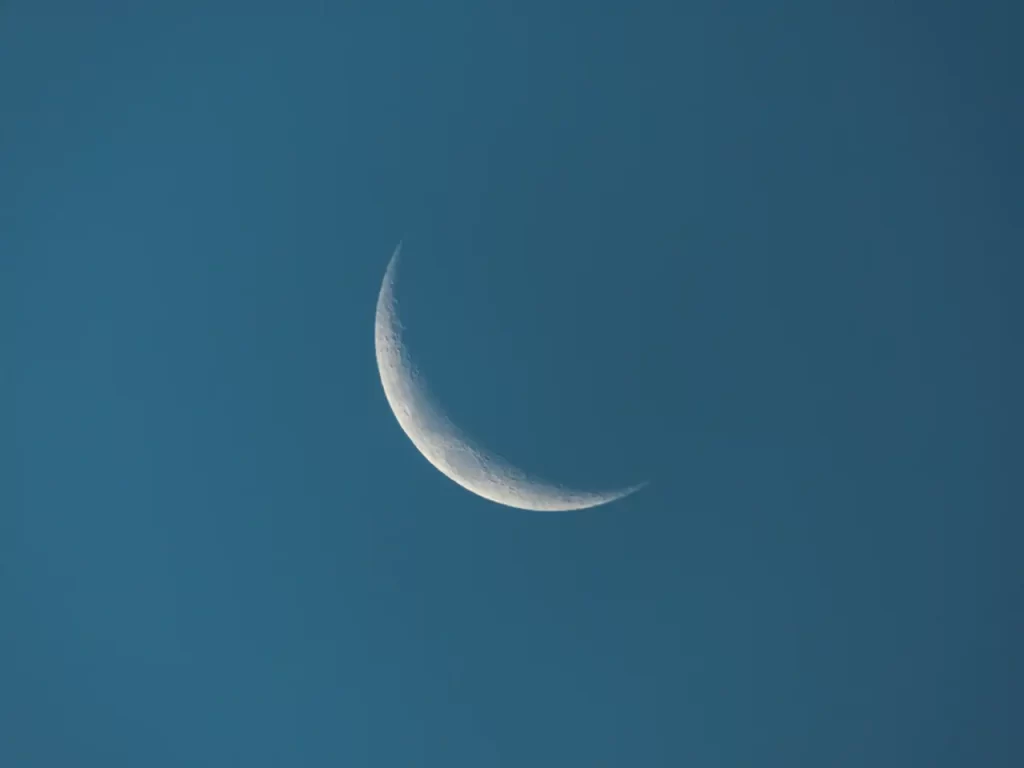
In the waning crescent phase, only a thin sliver of light remains on the left side. The moon is nearing the end of its cycle, ready to transition back to a new moon.
Why Do Moon Phases Matter?
Astronomical Importance
Understanding moon phases helps astronomers track the lunar cycle and predict celestial events like eclipses. The moon’s gravitational influence also plays a significant role in ocean tides.
Cultural Significance
Moon phases hold deep cultural and spiritual meaning across the globe. From ancient lunar calendars to modern-day rituals, they influence how societies perceive time and nature.
Practical Applications
Moon phases are vital for activities like farming, fishing, and navigation. Many gardeners follow the lunar cycle, believing it affects plant growth.
Observing Moon Phases
Tips for Moon Gazing
- Check a Moon Phase Calendar: Use a lunar calendar to know the current phase and the best times for observation.
- Find a Dark Location: Head away from city lights for a clearer view of the moon.
- Use Binoculars or a Telescope: Enhance your experience by observing lunar craters and other features.
Photography Ideas
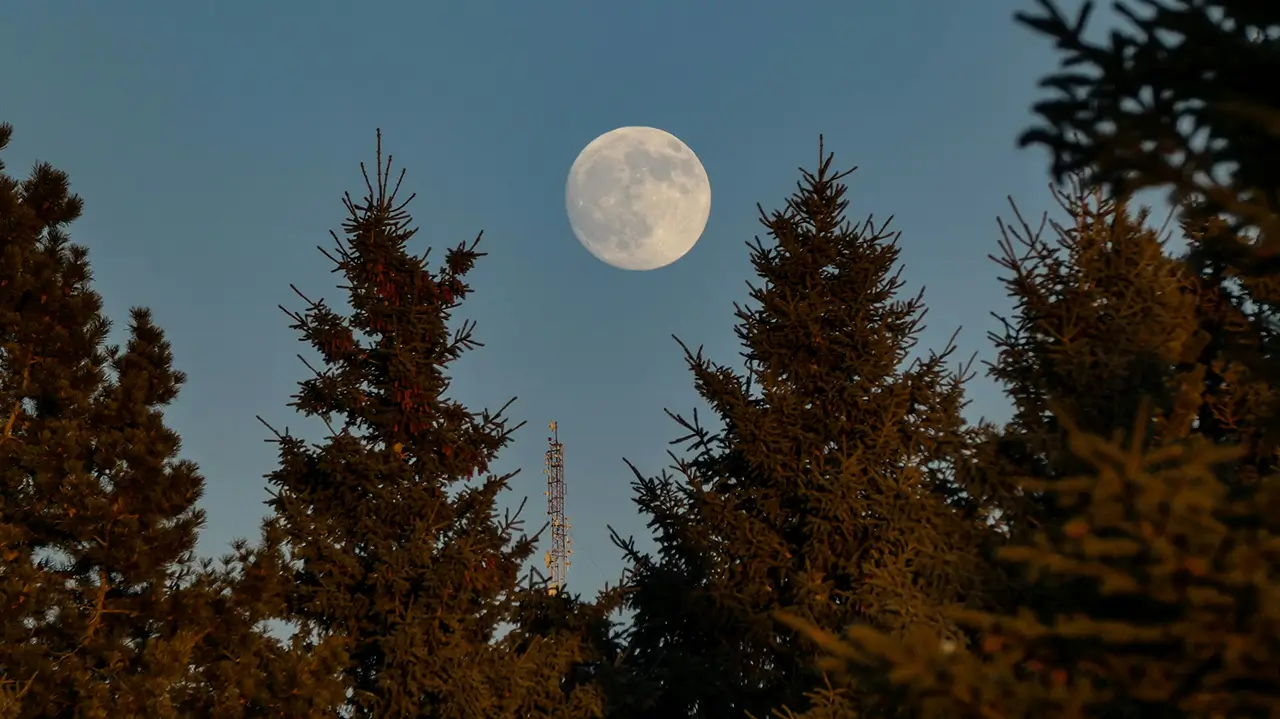
Photographing the moon can be rewarding. Experiment with different phases to capture its unique charm, and try using a telephoto lens for detailed shots.
Fun Facts About the Moon
- The moon is about 4.5 billion years old, making it roughly the same age as Earth.
- It takes approximately 27.3 days for the moon to complete one orbit around Earth, but its phases follow a 29.5-day cycle due to Earth’s movement around the sun.
- The far side of the moon, often called the ‘dark side,’ is not actually dark. It receives sunlight but is never visible from Earth.
Conclusion
The moon’s phases offer a mesmerising glimpse into the mechanics of our solar system. Whether you’re an avid stargazer or someone who simply enjoys a beautiful night sky, understanding these phases adds a layer of appreciation for our celestial companion. So, the next time you look up at the moon, take a moment to consider its journey and the wonders it brings to our world.


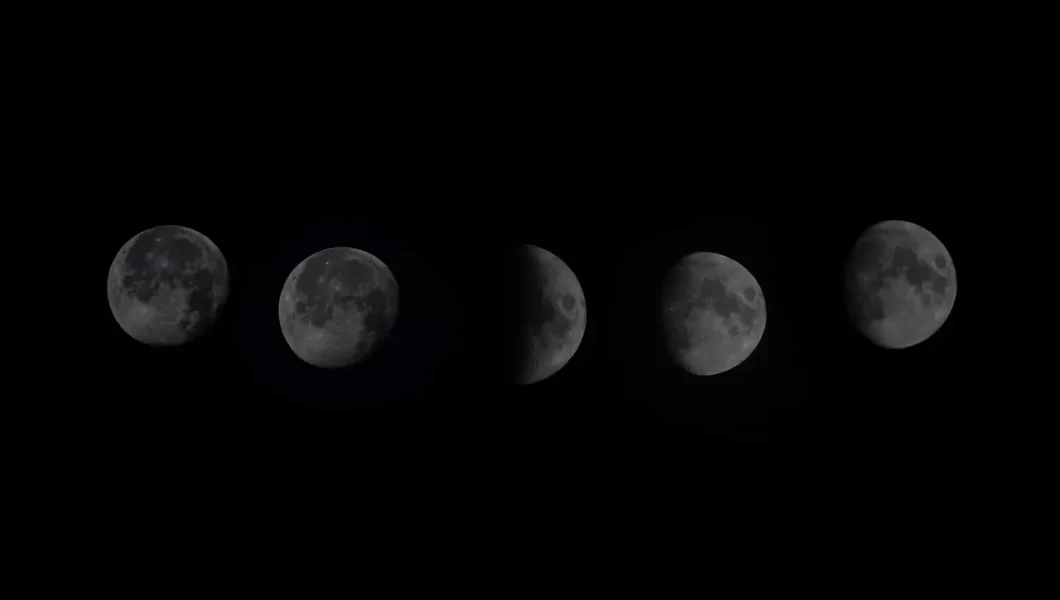




No Comments